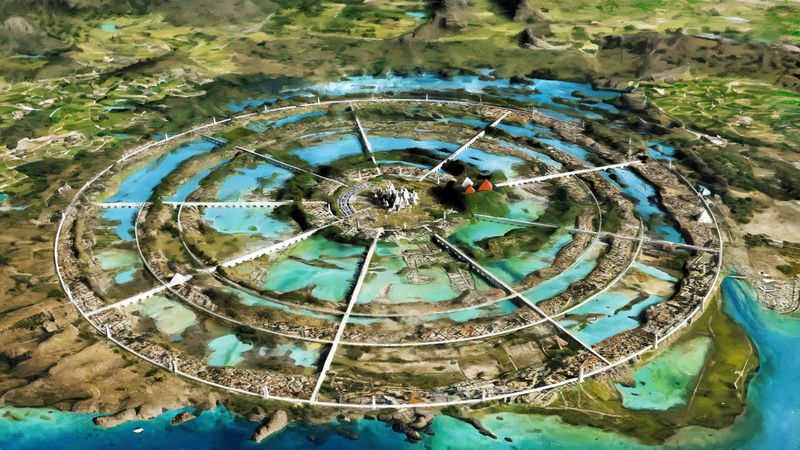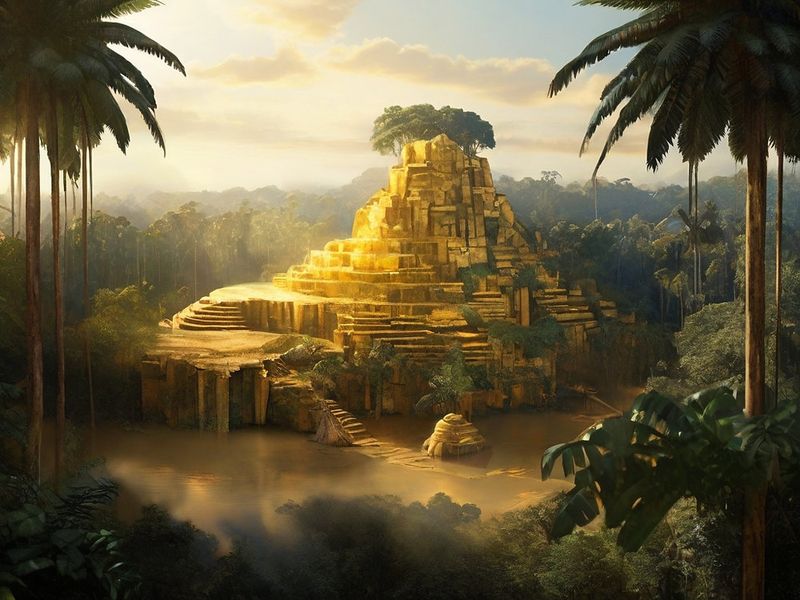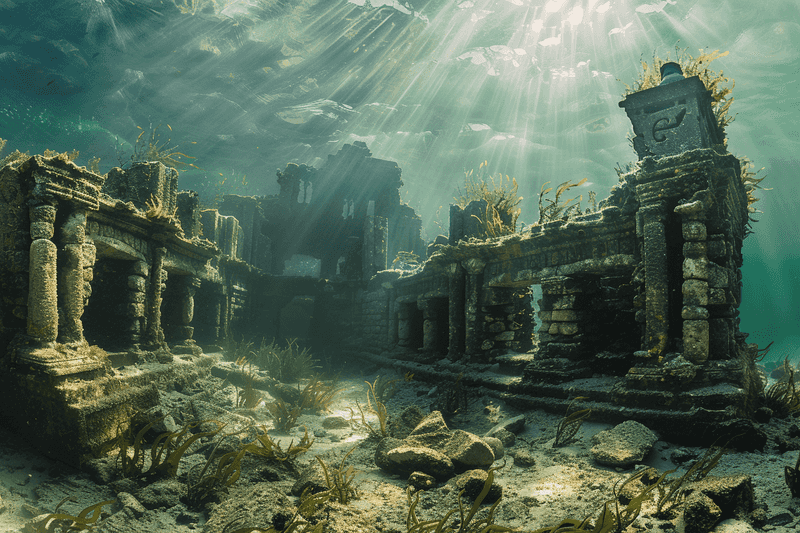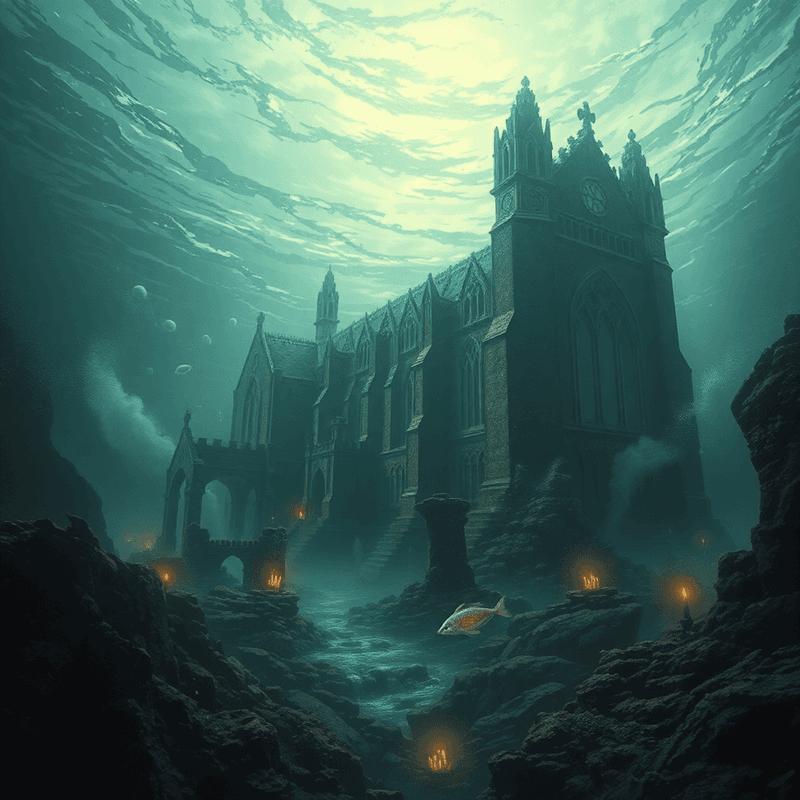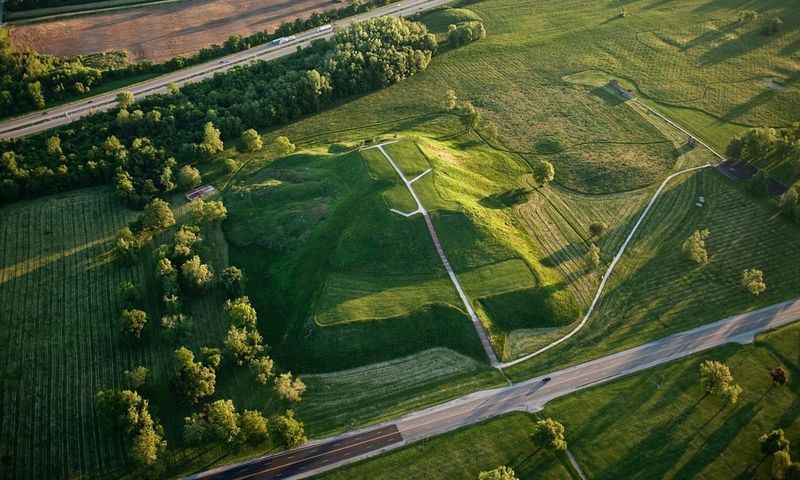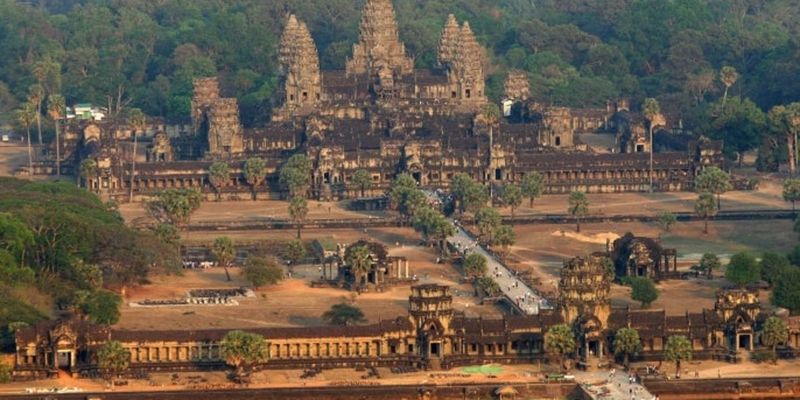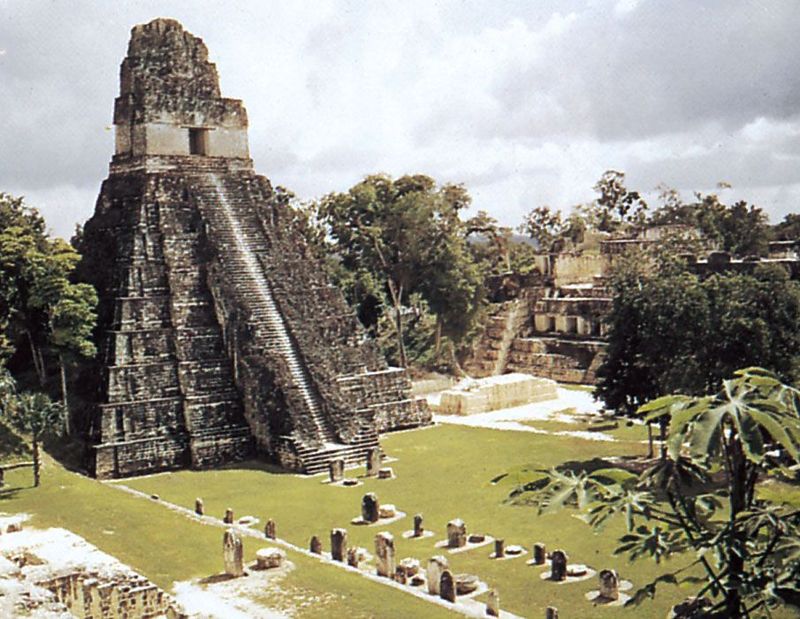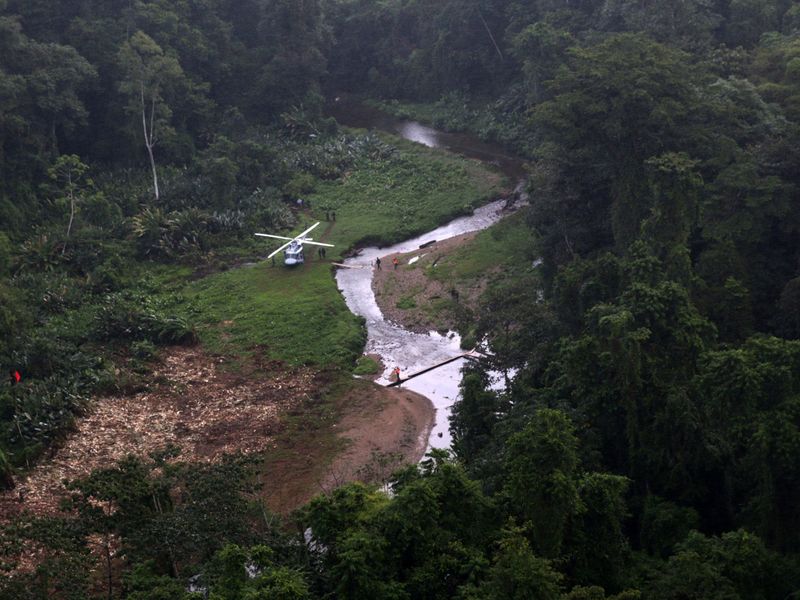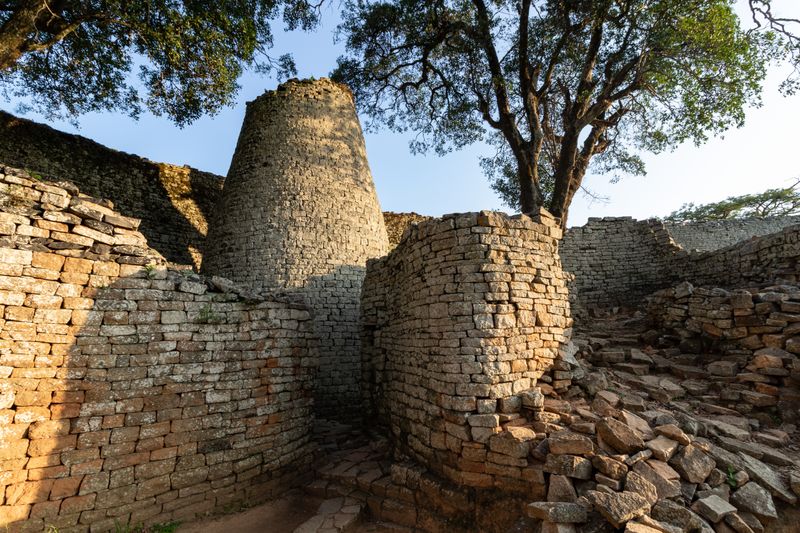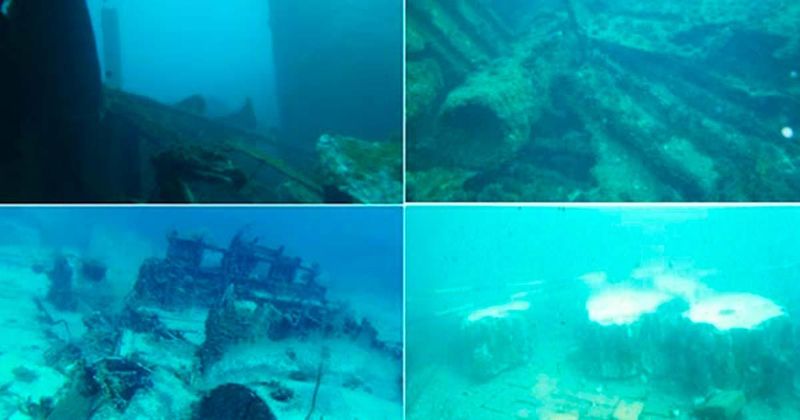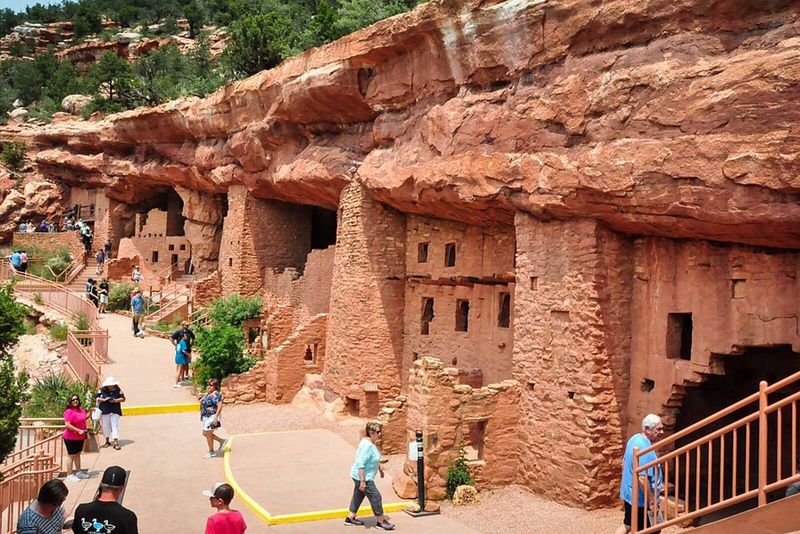Throughout history, numerous cities have vanished, leaving behind stories shrouded in mystery and wonder. These cities were once thriving centers of culture, trade, and innovation, but today they are mere whispers in the annals of history. From legendary lands like Atlantis to real places like Cahokia, these lost cities continue to intrigue us with tales of their sudden disappearances and the enigmatic circumstances surrounding their fate. Join us as we explore fifteen such cities that have vanished without a trace, each with its own unique story and allure.
1. Atlantis
Atlantis, a legendary island, was first mentioned by the philosopher Plato in 360 BCE. According to his accounts, Atlantis was a powerful and technologically advanced nation that mysteriously sank into the ocean in a single day and night. The story describes a utopian society with grand architecture and abundant resources.
Despite numerous expeditions and searches, no definitive proof of Atlantis’s existence has been found. The tale of Atlantis continues to captivate imaginations, with theories ranging from a real historical place to a purely fictional allegory used by Plato to convey philosophical ideas.
2. The City of Z (El Dorado?)
The City of Z, often associated with the legendary El Dorado, was rumored to be a golden city hidden within the dense Amazon jungle. Spanish explorers in the 16th century were mesmerized by tales of its wealth and magnificence. Many expeditions sought its riches, yet none succeeded in finding it.
Modern archeological discoveries suggest that the legend may have been inspired by actual advanced Amazonian civilizations. The allure of The City of Z persists, inspiring adventurers and scholars alike to uncover its secrets hidden under the canopy of the rainforest.
3. The Lost Colony of Roanoke
In 1587, a group of 115 English settlers established the Roanoke Colony in present-day North Carolina. The colony mysteriously vanished, leaving behind only the word “CROATOAN” carved into a fence post. Various theories have emerged, suggesting assimilation with local tribes or devastation by disease or conflict.
The fate of the Lost Colony remains one of America’s oldest mysteries. Despite numerous investigations, including archaeological digs, the disappearance of the Roanoke settlers has never been fully explained, fueling endless speculation and intrigue among historians and mystery enthusiasts.
4. Helike – The Real Atlantis?
Once a thriving Greek city, Helike vanished overnight in 373 BCE due to a catastrophic earthquake followed by a tsunami. Located in the region of Achaea, it was a prominent cultural and economic center. For centuries, it was speculated to be an inspiration for the Atlantis legend.
Helike lay forgotten until 2001, when underwater excavations revealed its ruins. The rediscovery confirmed its existence and provided new insights into ancient Greek urban life. Helike’s sudden disappearance and rediscovery continue to intrigue historians and archaeologists, drawing parallels with the fabled Atlantis.
5. The Kingdom of Lyonesse
Lyonesse, a legendary kingdom in Arthurian lore, is said to have been located off the coast of Cornwall. According to myth, it was a prosperous land with beautiful castles and villages that sunk beneath the sea, leaving only the Isles of Scilly as remnants.
Some believe the story of Lyonesse may have roots in real coastal floods that altered the landscape. While no tangible evidence has been found, the tale remains a haunting reminder of nature’s power and a captivating element of British folklore, echoing themes of other lost lands.
6. Cahokia – America’s Forgotten Metropolis
Cahokia, located near present-day St. Louis, was once a thriving metropolis and one of the largest pre-Columbian settlements north of Mexico. Around 1350 CE, its population exceeded 20,000, but it was mysteriously abandoned.
The reasons for Cahokia’s decline remain unclear, with theories suggesting resource depletion, climate change, or social upheaval. Rediscovered in the 19th century, Cahokia’s earthen mounds and artifacts provide a glimpse into a sophisticated society. The city’s sudden disappearance continues to puzzle archaeologists, challenging our understanding of ancient American cultures.
7. Petra – The Rose City Lost to Time
Petra, known as the Rose City, was a flourishing Nabatean city that thrived until it was abandoned around 700 CE. Carved into the rose-colored cliffs of southern Jordan, Petra’s architecture showcases remarkable craftsmanship and engineering.
Forgotten for centuries, it was rediscovered in 1812 by Swiss explorer Johann Ludwig Burckhardt. Petra’s unique beauty and historical significance have made it a UNESCO World Heritage site. Its disappearance remains a subject of fascination, often attributed to changes in trade routes and natural disasters that led to its decline.
8. The Sunken City of Heracleion
Heracleion, once a major Egyptian port city, mysteriously vanished beneath the Mediterranean Sea around 800 CE. Known for its grand temples and bustling trade, it played a vital role in connecting Egypt with the Mediterranean world.
Rediscovered in 2000, underwater explorations revealed well-preserved statues, inscriptions, and artifacts, providing a glimpse into its glorious past. The discovery of Heracleion’s ruins sparked renewed interest in its history, offering insights into ancient maritime life and the factors that led to its submersion.
9. Angkor – The Jungle Swallowed an Empire
Angkor was once the heart of the Khmer Empire, home to the magnificent temple complex of Angkor Wat. Abandoned around 1431, it was gradually reclaimed by the jungle, obscuring its architectural wonders.
The rediscovery of Angkor in the 19th century revealed the scale of this pre-industrial metropolis, once the largest city in the world. The reasons for its decline, including possible warfare, climate change, and resource depletion, remain subjects of debate. Angkor’s allure endures, captivating both historians and tourists with its majestic ruins.
10. Tikal – The Mayan Metropolis
Tikal, one of the greatest cities of the Mayan civilization, reached its zenith between 200 and 900 CE. Known for its towering pyramids and temples, it was a center of politics, economy, and culture.
Around 900 CE, Tikal was mysteriously abandoned, leaving behind monumental ruins hidden in the Guatemalan rainforest. Rediscovered in the 1850s, its history suggests complex societal dynamics that contributed to its decline. The secrets of Tikal’s abandonment continue to intrigue archaeologists, reflecting the broader mystery of the Maya civilization’s collapse.
11. The Ciudad Blanca (“White City”)
The Ciudad Blanca, or White City, is a legendary lost city rumored to exist in the dense rainforests of Honduras. Often described as a “lost city of gold,” it has fueled imaginations for centuries.
In 2012, advanced LiDAR technology revealed potential ruins, reigniting interest in the legend. While its true existence and origins remain unconfirmed, the White City represents the allure of unexplored territories and the mysteries that lie within. It continues to inspire exploration and the quest for uncovering ancient secrets hidden in nature’s embrace.
12. Great Zimbabwe – Africa’s Lost Stone City
Great Zimbabwe, a monumental stone city in present-day Zimbabwe, flourished between the 11th and 15th centuries. Known for its impressive stone structures built without mortar, it was a powerful trade center and royal residence.
Mysteriously abandoned around 1450, the reasons for its decline remain speculative, with theories of environmental changes and political instability. Rediscovered in the 19th century, Great Zimbabwe’s grandeur continues to fascinate. It stands as a testament to the architectural and cultural achievements of ancient African societies, still holding many secrets within its stone walls.
13. The Sunken Pirate City of Port Royal
Port Royal, known as the “wickedest city on earth,” was a bustling pirate haven in the Caribbean during the late 17th century. In 1692, a devastating earthquake caused much of the city to sink beneath the sea.
Explorations have uncovered sunken ships and artifacts, painting a vivid picture of its vibrant yet sinful past. The submerged ruins of Port Royal continue to intrigue archaeologists and historians, capturing imaginations with tales of pirate lore and the dramatic events that led to its watery grave.
14. The Vanished Anasazi Cliff Dwellings
The Anasazi, an ancient Native American culture, built remarkable cliff dwellings in the American Southwest. Abandoned around 1300 CE, these structures stand as a testament to their ingenuity and adaptation to the environment.
The reasons for the Anasazi’s sudden departure remain a mystery, with theories of drought, warfare, or societal collapse. The ruins of their cliffside villages continue to attract researchers and visitors, captivated by the enigmatic history and enduring legacy of these early architects of the desert.
15. The Lost City of Iram of the Pillars
Iram of the Pillars, mentioned in the Quran, is described as a prosperous city that defied divine command and was buried in sand as punishment. Often referred to as “Atlantis of the Sands,” its exact existence has been debated for centuries.
In 1992, possible ruins were discovered, believed to be the ancient city of Ubar. While its true identity remains uncertain, Iram embodies the fascination with legendary cities lost to time and the desert’s embrace. It symbolizes the mysteries of bygone civilizations awaiting discovery beneath the sands.

